Does your baby love putting things in boxes and tipping them out? Here's why it's a good sign
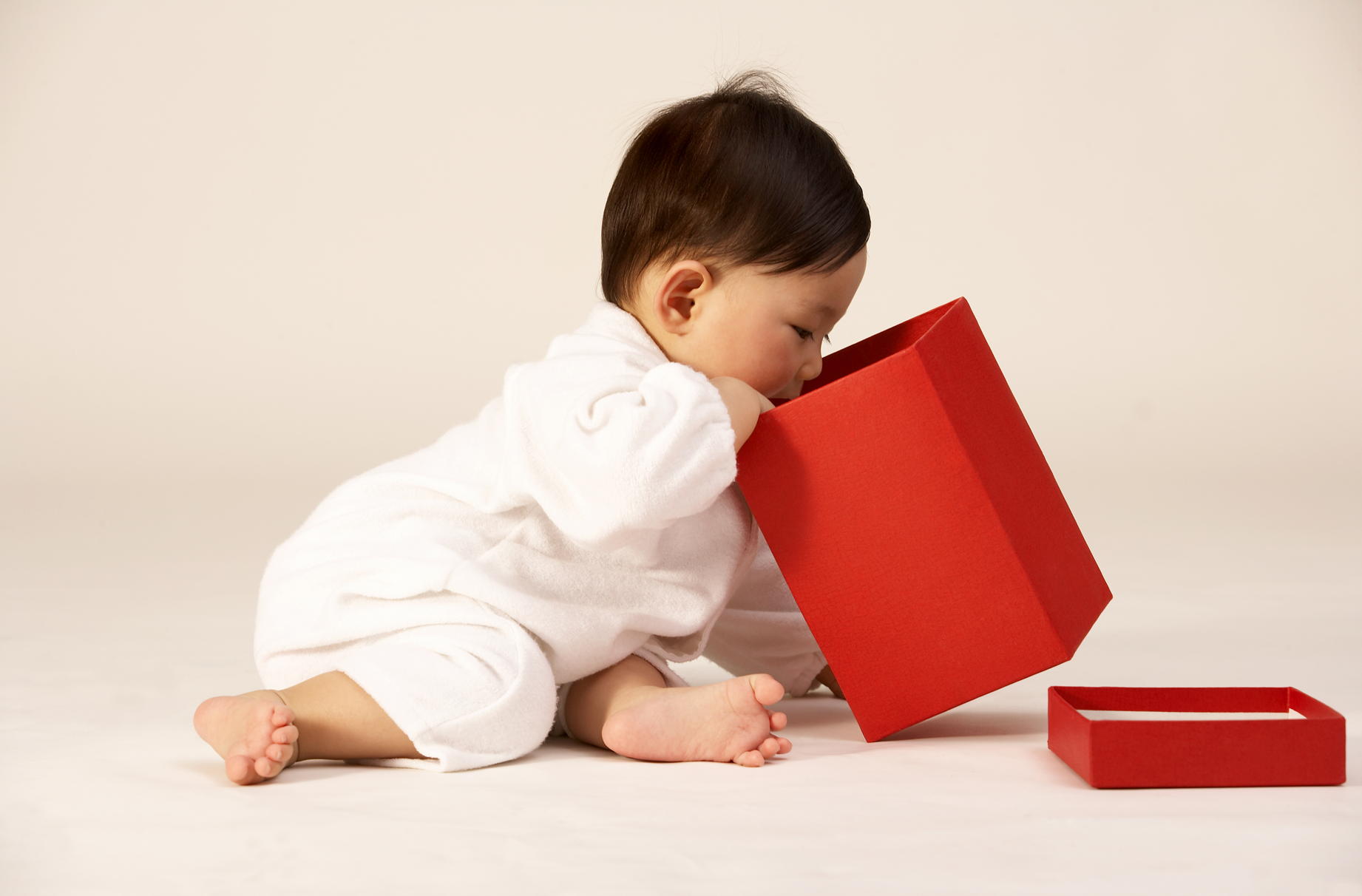
How often have you watched your little one gather up their toys and pop them in a box, only to tip them all out again? Well, it turns out this fun game is good for their development.
Every birthday or Christmas, it’s the same story. You pick out the perfect present for your tot – a toy you think they’re going to love or the latest must have release – and instead of playing with their new present, they’re more interested in playing with the cardboard box it came in.
And, according to the experts, the routine of filling up a box or container with small items and then dumping it out again, only to fill it right back up is a game that tends to start just as babies are able to stand up.
Jana Beriswill, occupational therapist at Wolfson Children’s Hospital of Jacksonville, explained told Romper: “You typically see it as soon as kiddos have enough core stability to begin using their upper body strength.
READ MORE: ‘When do babies crawl?’ and other baby developmental questions
“When they become a good sitter around 7 to 8 months old, you’ll start seeing them dumping and exploring their environment in different ways. This is the key developmental thing with the dumping — it’s part of their cognitive development and beginning to understand that they can affect their environment.”
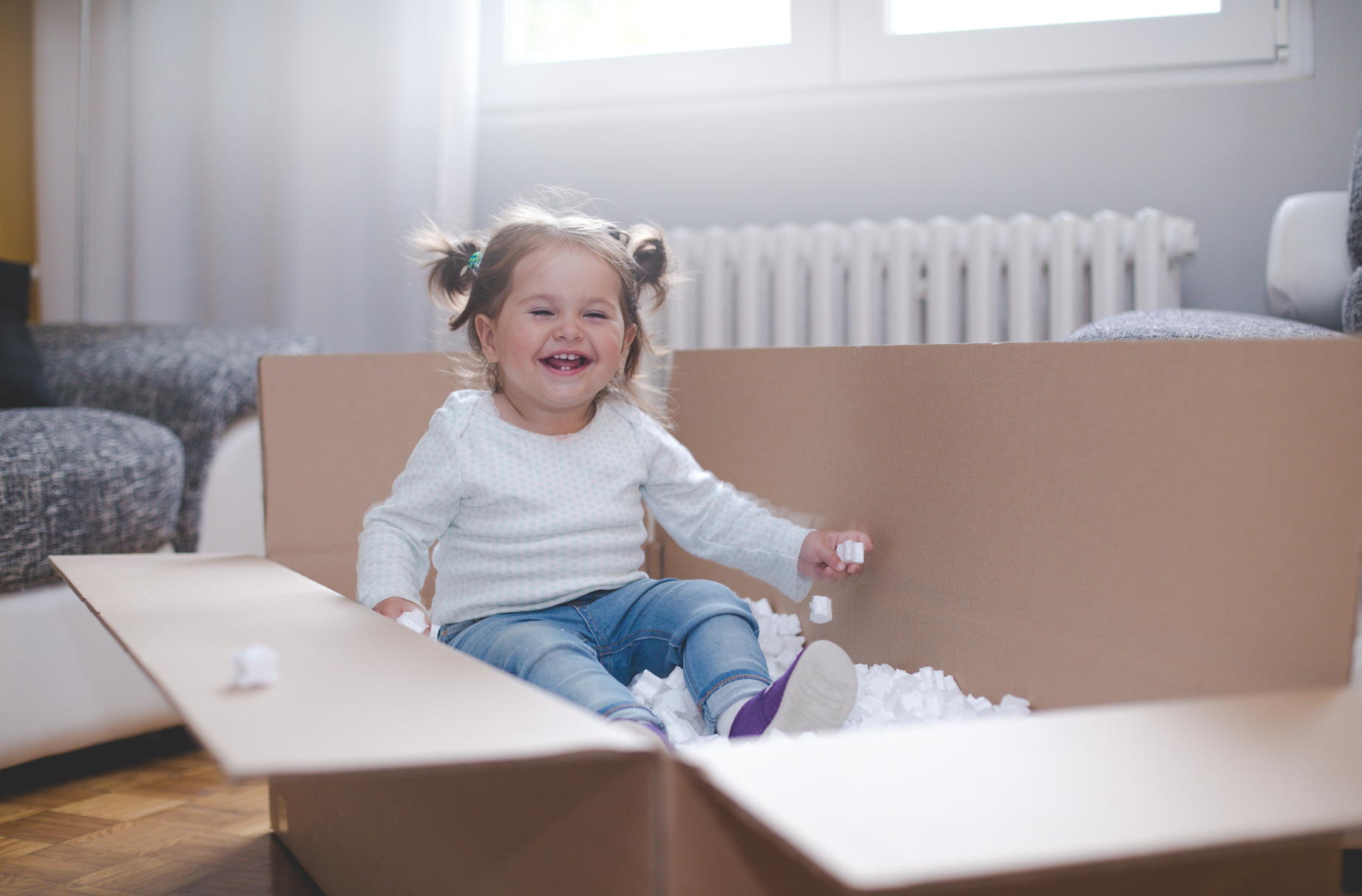
According to Jana, this dumping action becomes more prominent once children have developed enough core stability to be able to sit up, but before they have developed a the pincer grabbing movement to be able to pick up very small objects.
GoodtoKnow Newsletter
Parenting advice, hot topics, best buys and family finance tips delivered straight to your inbox.
Another expert, Adria Barnett, occupational therapist at Children’s of Alabama, says this stage is vital to a child’s cognitive development. She adds, “It’s a stage of their cognitive development. They’re beginning to learn how objects relate to each other and cause and effect.
“What happens when I do this? Repetition is something that helps them learn, and it’s fun for them to see what happens when they do something.”
Did you also know that your child's obsession with dinosaurs is also good for their development, and is even linked to 'above-average intelligence.'
READ MORE: 22 incredible kids’ toys you can make from cardboard boxes
Using household items can save money if you’d rather not go out and buy a host of new toys while children are in this stage of development.
Adria Barnett recommends making sure your child has enough small objects and a box – such as cotton wool balls and a tissue box – to keep them busy while they’re in this period of learning. But if you do want to splash out on a new toy to simulate this movement, ring stackers, nesting cups and shape sorting toys are most suited.
-
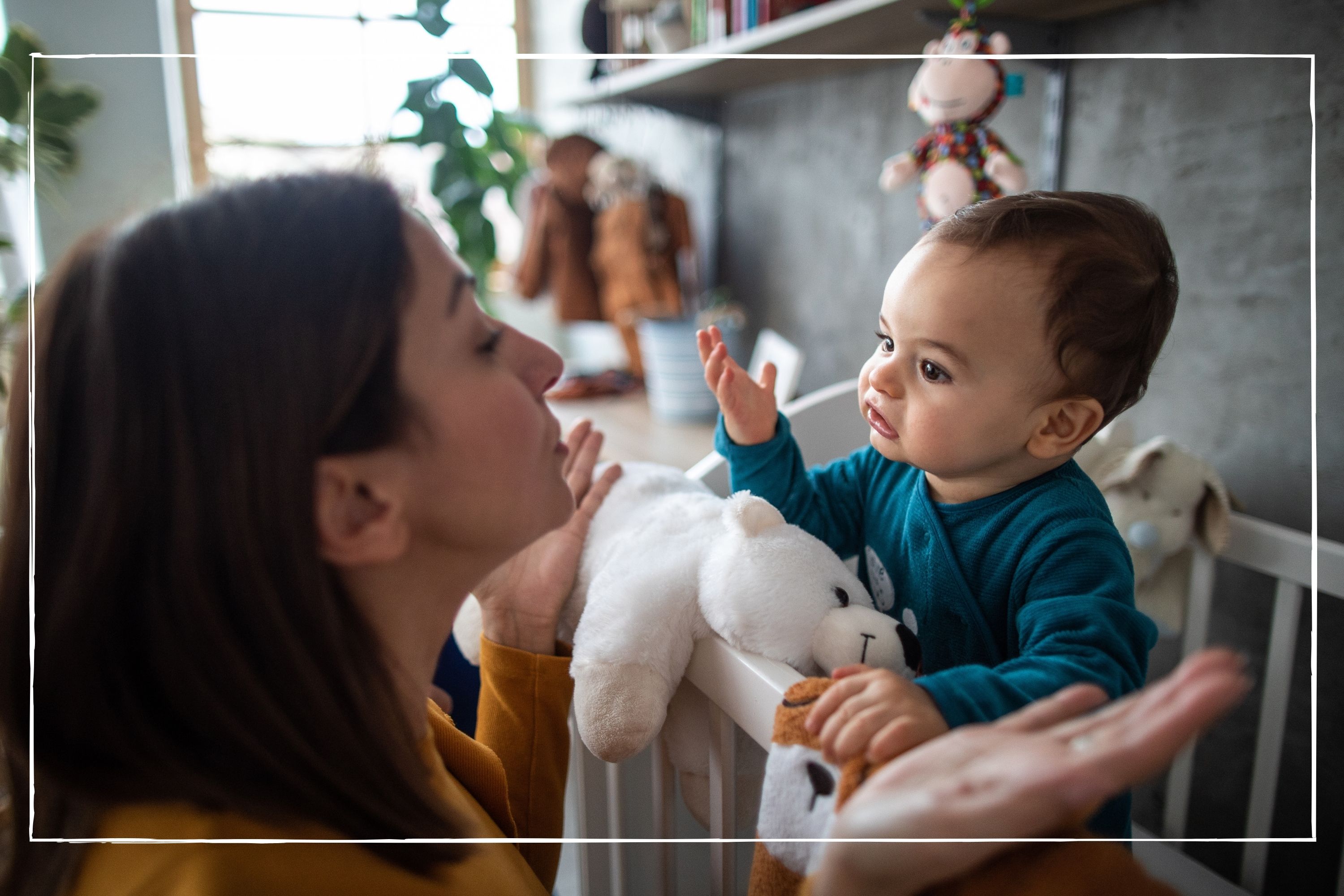 Baby development milestones: Find out when babies crawl, smile and more
Baby development milestones: Find out when babies crawl, smile and moreWhen do babies crawl? When do babies talk? Baby developmental stages and milestones come thick and fast in their first two years...
By Stephanie Lowe
-
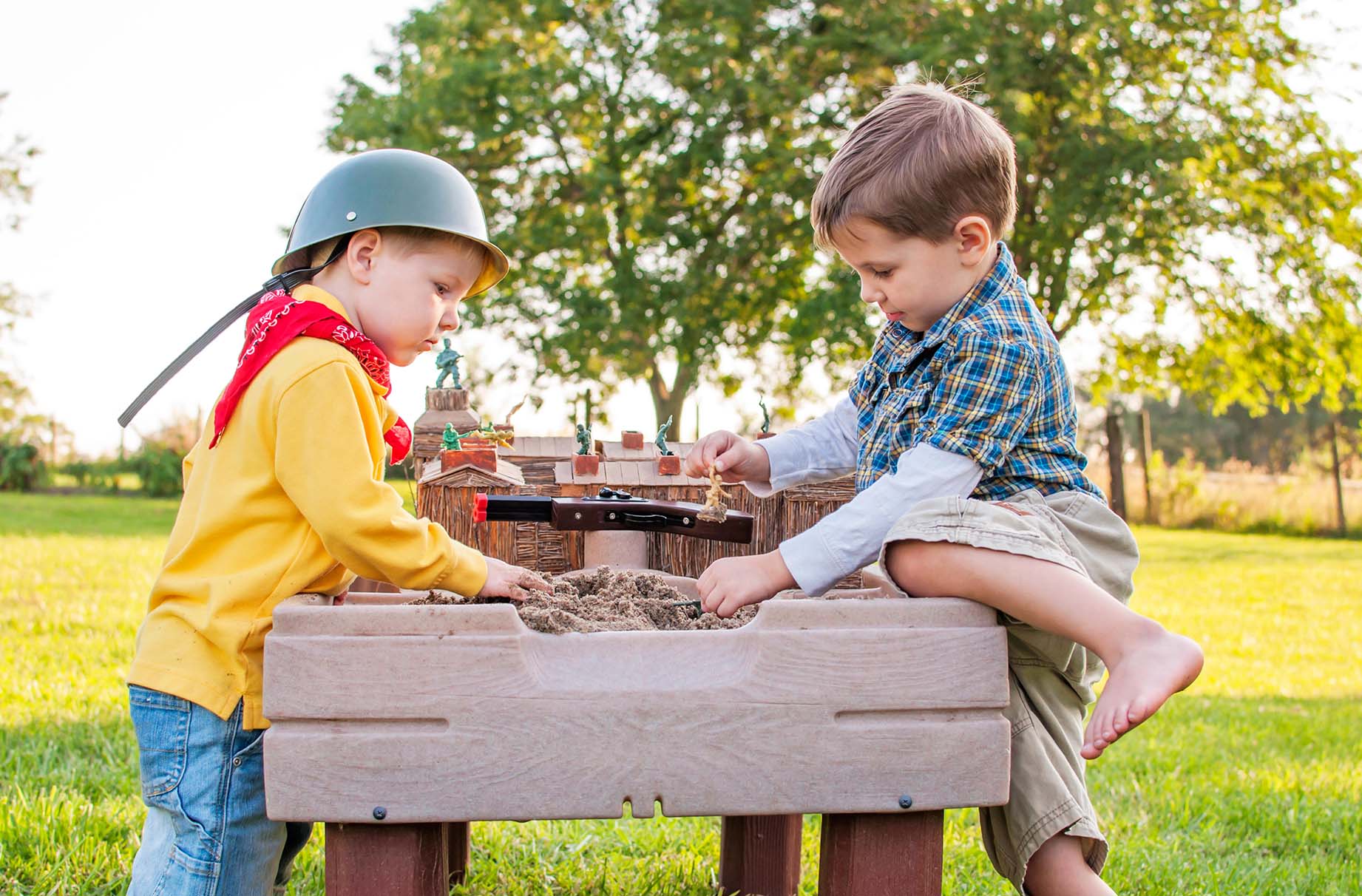 Child development stages: Ages 1-5 the early years
Child development stages: Ages 1-5 the early yearsChild development stages: Ages 1-5 is a tricky time, here we look at everything from walking and talking to starting school...
By GoodtoKnow
-
 Child development stages: Ages 6-12 the mid years
Child development stages: Ages 6-12 the mid yearsYou've probably read up on child development stages during your child's early years, but what about when they start growing up?
By Joanne Lewsley
-
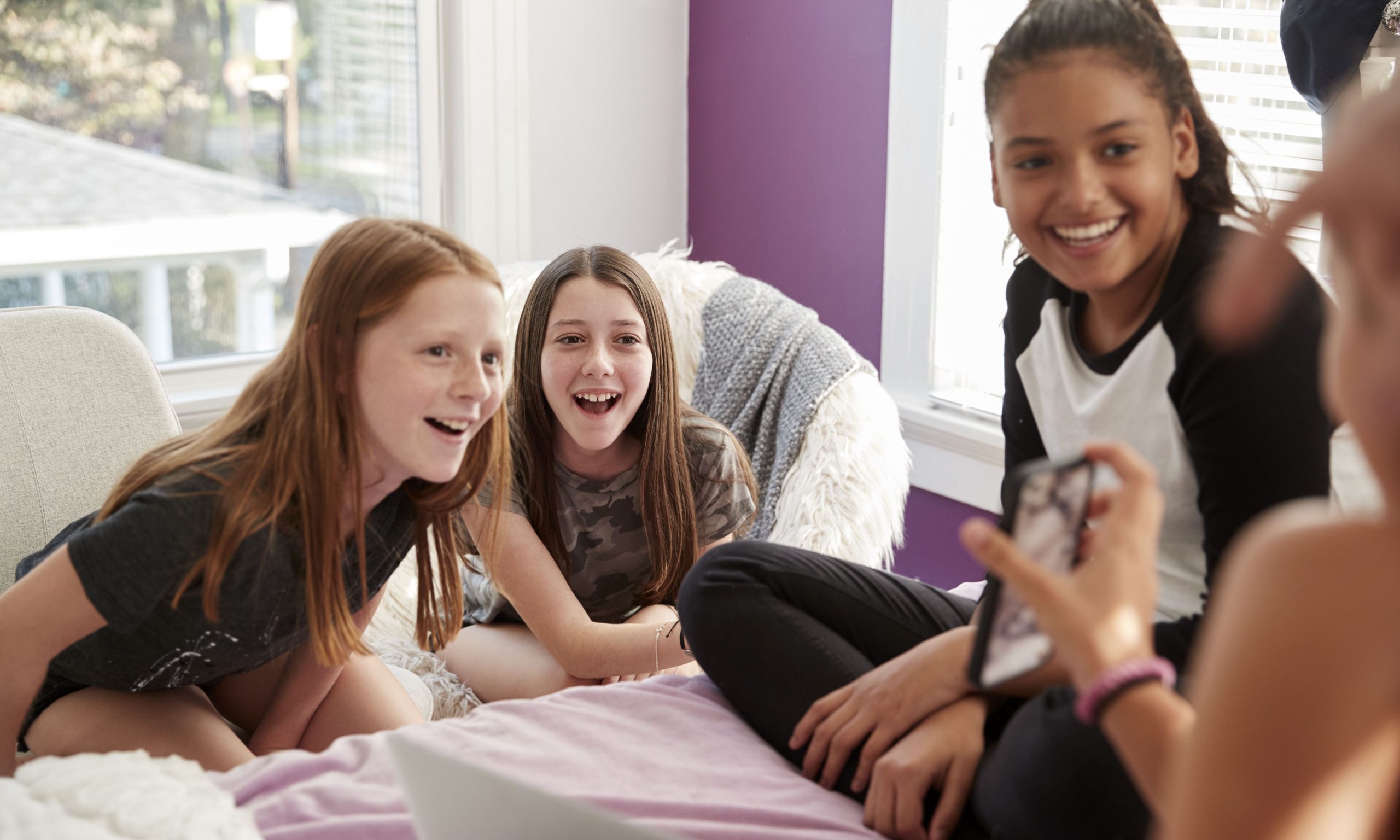 Child development stages: Ages 13-16 the late years
Child development stages: Ages 13-16 the late yearsNeed help navigating the tricky teenage years? These childhood development stages for children aged 13-16 will help
By GoodtoKnow
-
 Child development stages: Ages 0-16 years from baby to teenager
Child development stages: Ages 0-16 years from baby to teenagerChild development stages are a must-read guide for any parent
By Joanne Lewsley
-
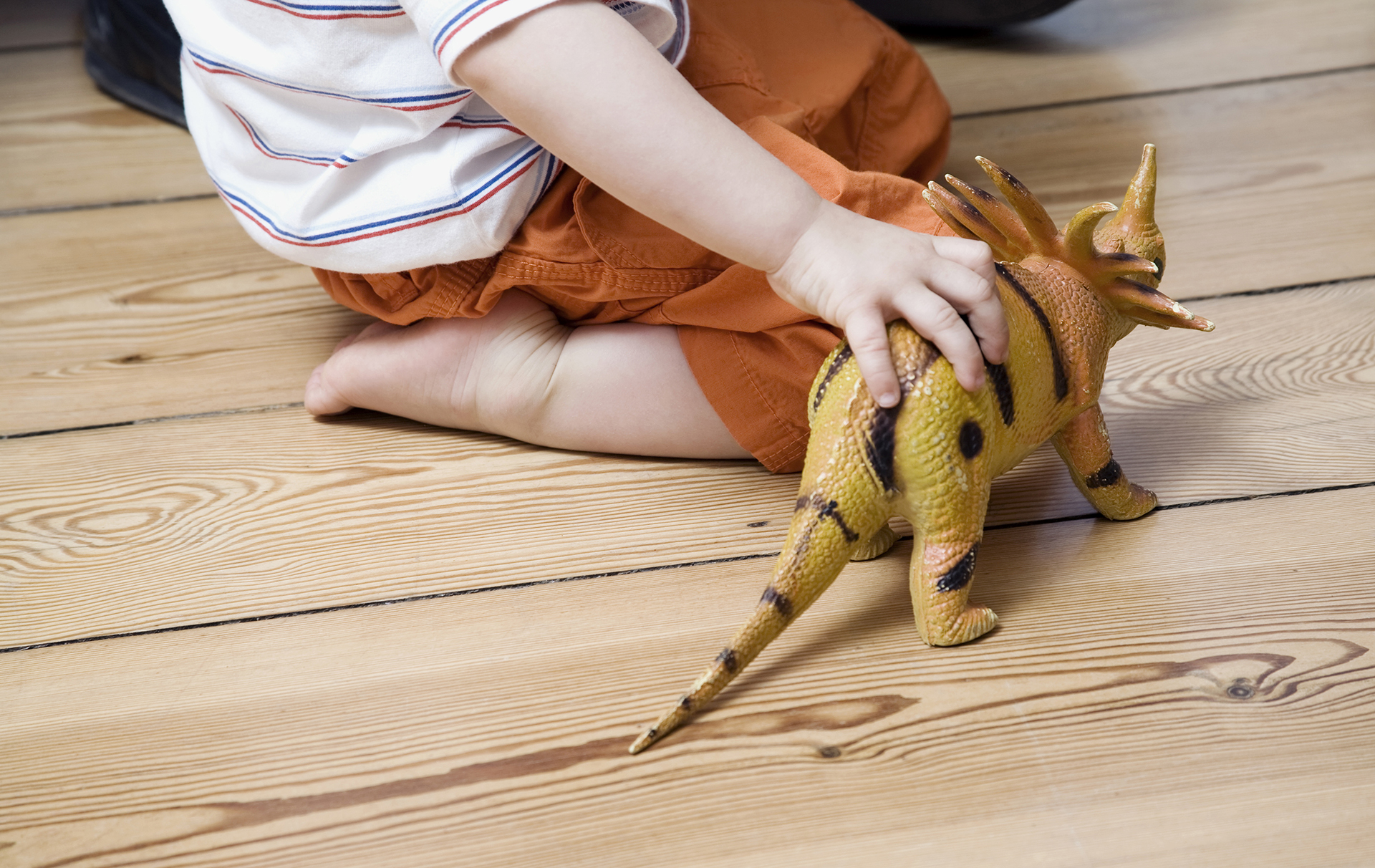 Scientists say your child’s obsession with dinosaurs is a good sign
Scientists say your child’s obsession with dinosaurs is a good signBy Samantha Simmonds
-
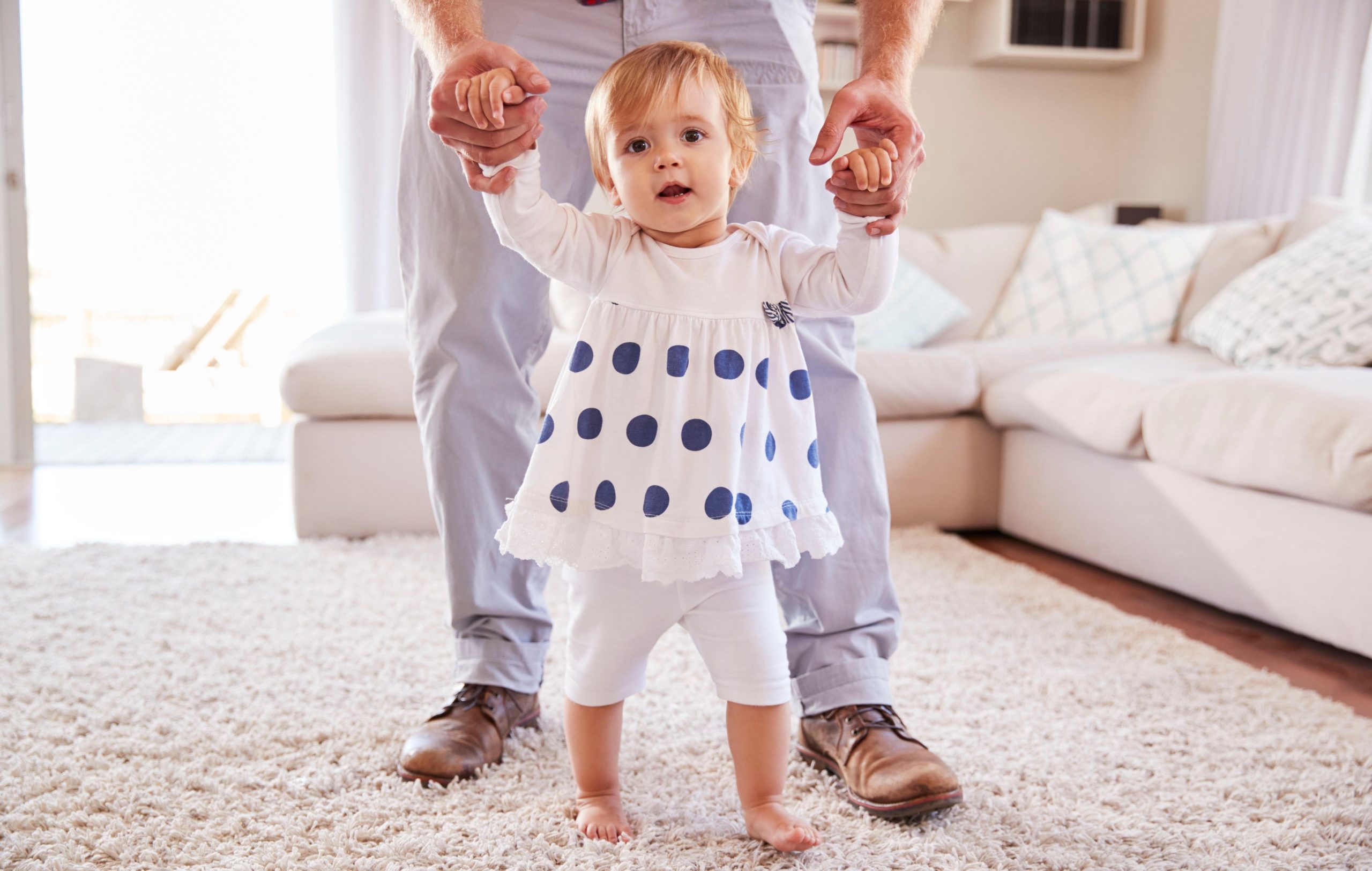 Baby development: Baby milestones for your child's first year
Baby development: Baby milestones for your child's first yearWhat to expect from your child and when
By GoodtoKnow
-
 Puberty in girls and boys: How to help your kids deal with puberty
Puberty in girls and boys: How to help your kids deal with pubertyFind out how to help your child when they hit puberty...
By Katie McPhillimy